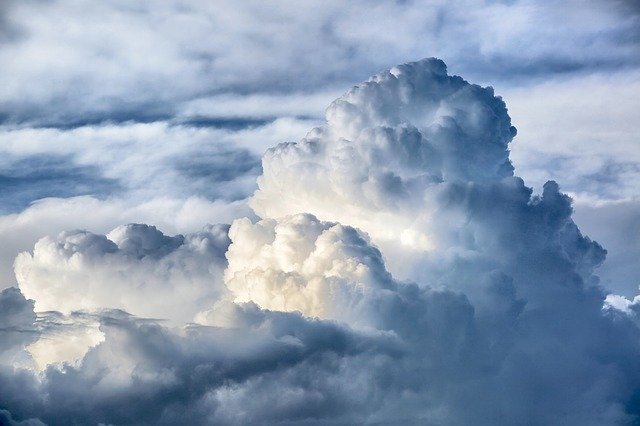Earth’s atmosphere is divided into 5 different layers. These layers are the troposphere, stratosphere, mesosphere, thermosphere, and exosphere. The layers of the atmosphere are basically divided on the basis of temperature variation with altitude. Let’s dive deep and learn a few things about each layer.
Troposphere
- It is the lowest and densest layer of the atmosphere. Moreover, around 75 percent of all atmospheric mass is present in this part of the atmosphere.
- All weather phenomena take place inside the troposphere.
- The width of the troposphere is not constant. It is widest at the equator and thinnest at the poles. The typical width is about 8-15 km.
- The temperature drops with altitude inside the troposphere.
- The boundary of the troposphere and stratosphere is known as the tropopause.

Stratosphere
- The stratosphere is the second layer from the surface, and it extends from the tropopause to about 50 km.
- Unlike the troposphere, temperatures increase with altitude in the stratosphere.
- The ozone layer is present here, which protects us from the harmful ultraviolet radiation of the sun.
- The stratopause is the boundary between the stratosphere and the mesosphere (the next layer).
Why temperature rises with elevation in stratosphere?
The ozone layer absorbs the ultraviolet radiation of the sun, making the stratosphere warmer. The higher stretches of the ozone layer absorb more intense radiation. Thus, temperatures are higher at higher elevations.
Mesosphere
- The mesosphere starts after the stratopause and extends to about 85 km.
- Temperature decreases with altitude in the mesosphere.
- It is in the mesosphere that the meteors burn up.
- The mesopause is the boundary between the mesosphere and the thermosphere.
Thermosphere
- It is that layer of the atmosphere where the International Space Station (ISS) orbits.
- The thermosphere starts just after mesopause and extends to 600 km.
- Aurora light displays occur in the thermosphere.
- The temperature rises with elevation in this part.
- Thermopause forms the boundary between the thermosphere and exosphere.
Quick question
Does hot air rise or sink?
Exosphere
- The exosphere starts after thermopause and does not have a definite outer boundary.
- A rough estimation of the outer boundary is about 10,000 km from the surface.
Ionosphere

- The ionosphere overlaps parts of the mesosphere, thermosphere, and exosphere. It exists from 50 km to around 1000 km. However, the total width of the ionosphere keeps changing depending on the solar radiation.
- In the ionosphere, the atoms are ionized by solar radiation and cosmic rays. They become positively charged by stripping electrons.
- This layer helps in radio communication by acting as a reflector of radio waves.
- The ionosphere is further divided into D, E, and F regions.
Read more
Answer to quick question
Hot air rises and cold air sinks.
